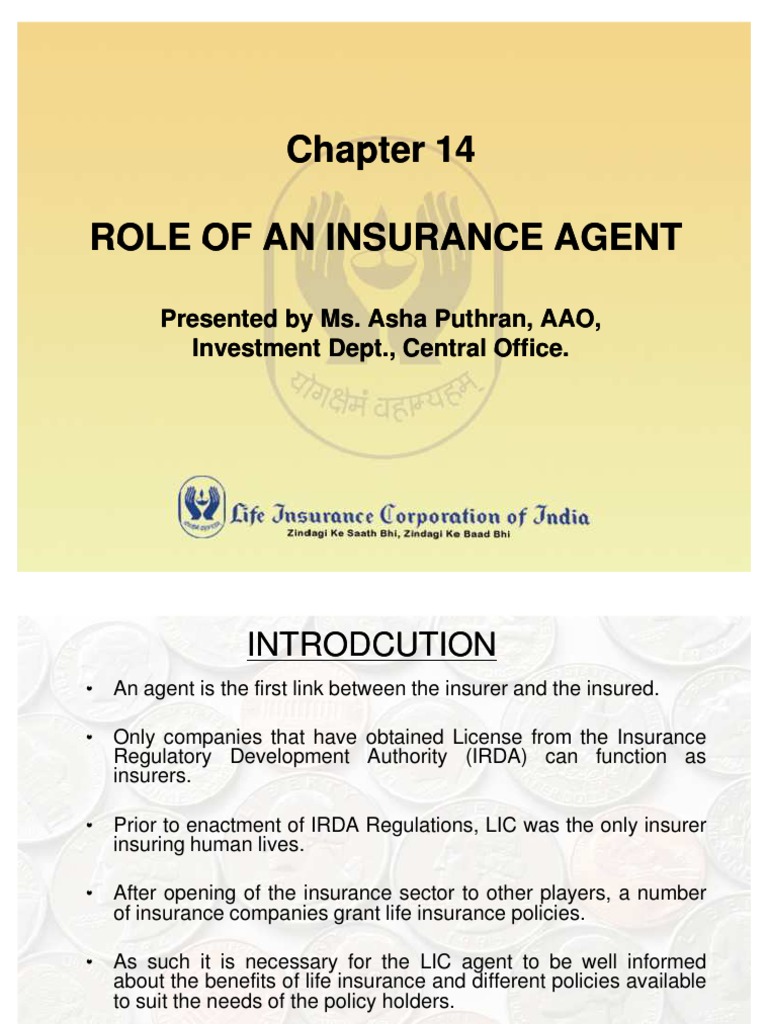See This Report on Pacific Prime
See This Report on Pacific Prime
Blog Article
The Buzz on Pacific Prime
Table of ContentsNot known Factual Statements About Pacific Prime What Does Pacific Prime Mean?Not known Facts About Pacific PrimeThe 4-Minute Rule for Pacific PrimeThe Of Pacific Prime

This is since the information were collected for a period of strong economic efficiency. Of the estimated 42 million people who were without insurance, almost about 420,000 (regarding 1 percent) were under 65 years of age, the age at which most Americans end up being eligible for Medicare; 32 million were adults between ages 18 and 65, about 19 percent of all grownups in this age; and 10 million were children under 18 years old, about 13.9 percent of all youngsters (Mills, 2000).
These quotes of the number of individuals without insurance are created from the annual March Supplement to the Existing Populace Survey (CPS), conducted by the Census Bureau. Unless otherwise noted, nationwide price quotes of people without wellness insurance coverage and percentages of the population with different sort of protection are based upon the CPS, the most extensively made use of resource of estimates of insurance coverage and uninsurance prices.
The Main Principles Of Pacific Prime

Still, the CPS is specifically helpful since it creates annual estimates relatively quickly, reporting the previous year's insurance policy protection estimates each September, and because it is the basis for a regular collection of quotes for more than 20 years, permitting analysis of patterns in protection in time. For these reasons, along with the considerable usage of the CPS in other studies of insurance policy coverage that are presented in this record, we rely upon CPS estimates, with restrictions noted.

The quote of the number of without insurance people increases when a population's insurance policy status is tracked for several years. Over a three-year period starting early in 1993, 72 million people, 29 percent of the united state populace, were without coverage for at the very least one month. Within a solitary year (1994 ), 53 million people experienced a minimum of a month without coverage (Bennefield, 1998a)
6 out of every 10 without insurance grownups are themselves used. Working does improve the probability that one and one's household participants will have insurance, it is not a warranty. Also participants of families with two full time breadwinner have nearly a one-in-ten opportunity of being without insurance (9.1 percent without insurance rate) (Hoffman and Pohl, 2000).
The Ultimate Guide To Pacific Prime
New immigrants make up a substantial proportion of people without pop over to this site wellness insurance coverage. One evaluation has actually attributed a considerable section of the current growth in the dimension of the united state uninsured populace to immigrants that arrived in the country in between 1994 and 1998 (Camarota and Edwards, 2000). Recent immigrants (those that pertained to the USA within the previous 4 years) do have a high rate of being uninsured (46 percent), however they and their children account for just 6 percent of those without insurance coverage across the country (Holahan et al., 2001).
The partnership in between medical insurance and accessibility to care is well established, as recorded later on in this chapter. Although the relationship in between medical insurance and wellness outcomes is neither direct nor basic, an extensive clinical and health services study literary works web links wellness insurance policy coverage to improved accessibility to care, better high quality, and improved individual and population wellness condition.
Degrees of analysis for taking a look at the results of uninsurance. This discussion of medical insurance protection concentrates largely on the U.S. population under age 65 since basically all Americans 65 and older have Medicare or various other public insurance coverage. It focuses especially on those without any kind of wellness insurance coverage for any type of size of time.
About Pacific Prime
The problems encountered by the underinsured are in some aspects similar to those faced by the without insurance, although they are usually less severe. Health insurance, nonetheless, is neither needed nor enough to get access to medical solutions. The independent and straight effect of health insurance policy protection on access to wellness services is well developed.
Others will certainly acquire the healthcare they require even without health and wellness insurance coverage, by paying for it expense or seeking it from carriers that use care free or at very subsidized rates. For still others, medical insurance alone does not ensure invoice of care as a result of other nonfinancial barriers, such as an absence of health and wellness treatment suppliers in their neighborhood, limited access to transportation, illiteracy, or etymological and cultural distinctions.
A Biased View of Pacific Prime
Official study concerning uninsured populations in the United States dates to the late 1920s and early 1930s when the Committee on the Cost of Treatment created a collection of records regarding funding medical professional workplace visits and hospitalizations. This issue ended up being prominent as the varieties of clinically indigent climbed up throughout the Great Clinical depression.
Report this page